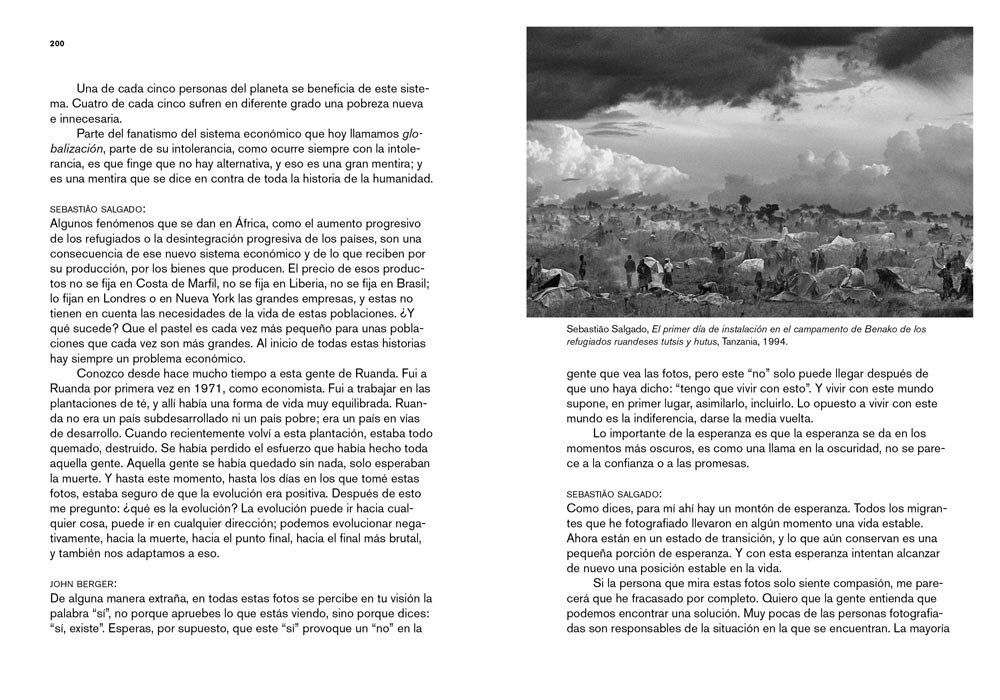
He takes a break and speaks directly to the camera: “”We miss you John. One moment stands out: shortly after the death of Berger’s wife, Beverly Buchanan, and his subsequent relocation to Paris, an elderly man is scything his yard in Quincy.

Dvorak’s approach steals us into the intimate relationships that Berger cultivated through decades in the rural French town of Quincy, where he moved in the mid-1970s to write his fictional trilogy Into Their Labours. Likewise, these new films offer poignant depictions of the relationships that have kept his work free of intellectual vanity, and allied with lived experience.īoth films face a difficult problem: how to portray a thinker whose most influential work was a critique of portrayal. Although Ways of Seeing is often attributed to Berger alone, its ethos of solidarity resonates in his voluminous output, in essay, fiction, and poetry. This year, in celebration of Berger’s ninetieth birthday, two new documentaries about his life and work were released: John Berger or The Art of Seeing by Cordelia Dvorak and Seasons in Quincy, a film comprised of four vignettes, produced by Tilda Swinton, Colin MacCabe, Christopher Roth, and Bartek Dziadosz. Both were titled Ways of Seeing, and have become examples of intersectional critique, decades before the term became vogue. Berger’s response to this indoctrination was to produce a book and a BBC television program explaining these critiques in accessible language. This process came with many other social effects, namely the abasement of women and people of color, and the blinkering of citizens to the colonial exploitation intrinsic to capitalism. Commodity advertising was transfixing the working class, as luxurious paintings commissioned by the patrician elite had done for centuries before. In 1972, the critic John Berger and four colleagues saw this engineered stupefaction of the populace evolving out of old visual formats like oil painting, and into television and marketing. It is, after all, easier to discuss Hilary Clinton’s emails than the sacrificing of African American lives to profiteering prisons, or the endless killing wrought by foreign interventions. This diagnosis is confirmed each time we respond to news of barbarism by scrolling on in search of information more palatable for dinner conversation.

Words like “cynicism,” “confusion,” and “ambivalence” don’t do justice to the psychological state that has followed.

Media veracity, it seems clear, has dissolved into a billow of dazzling information. “It’s in hell where solidarity is important, not in heaven.”


 0 kommentar(er)
0 kommentar(er)
